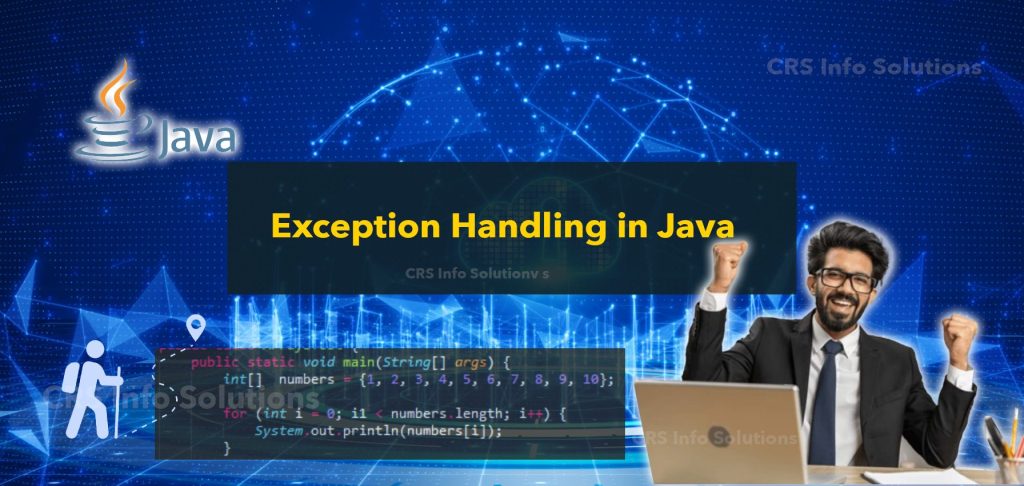Navigating Through Errors: Java Exception Handling

Type of Contents
- What is Exception Handling
- The Try-Catch Block
- The Finally Block
- Understanding Different Types of Exceptions
- Conclusion
I want to share with you one of the most enlightening aspects of my journey learning Java – Exception Handling. It’s like learning how to gracefully recover when you stumble. In the world of coding, errors are inevitable, but how we handle them makes all the difference. So, let’s dive into the concept of Exception Handling in Java, and how it has revolutionized the way I write and understand code.
Enroll for our real time job based java training, register for free demo.
What is Exception Handling?
In simple terms, Exception Handling is like having a safety net in your program. It catches errors (or ‘exceptions’) during the execution of your program and helps you manage them without crashing your system. Think of it like bumping into a roadblock while driving; instead of crashing, you take a detour and continue your journey.
Enhance your Java skills with our experienced trainers who are ready to guide you into becoming a seasoned Java professional with our Java training. Dive into hands-on, real-time projects that prepare you for real-world programming challenges. Enroll for a free demo today and start your journey towards Java expertise!
The Try-Catch Block:
The most common way of handling exceptions in Java is through the try-catch block. Here’s how it works:
try {
// Code that might cause an exception
int divideByZero = 5 / 0;
} catch (ArithmeticException e) {
// Code to handle the exception
System.out.println("Oops! You can't divide by zero!");
}
In this snippet, the code that might cause an exception is placed inside the try block. The catch block ‘catches’ the exception and defines what happens next. Instead of crashing, the program prints “Oops! You can’t divide by zero!”
The Finally Block:
Java also provides a finally block, which is executed after the try-catch blocks, no matter if an exception was caught or not. This is particularly useful for cleaning up or executing important code, like closing file streams or releasing resources.
try {
// Risky code
} catch (Exception e) {
// Handling exception
} finally {
// Code that is always executed
System.out.println("This is the finally block.");
}
Understanding Different Types of Exceptions:
In Java, exceptions come in various flavors. There are checked exceptions, which are checked at compile-time, and unchecked exceptions, which are checked at runtime. It’s like having different types of roadblocks, some you know about before the journey, and some you encounter unexpectedly.
Conclusion:
Embracing Exception Handling was a game-changer for me. It transformed the way I approached coding, making my programs more robust and error-proof. It’s not just about preventing crashes; it’s about creating a seamless and user-friendly experience. If you’re just getting started with Java, I encourage you to experiment with Exception Handling. Throw some errors intentionally, catch them, and watch your program handle them gracefully.
Read Previous Chapter and next chapter.

